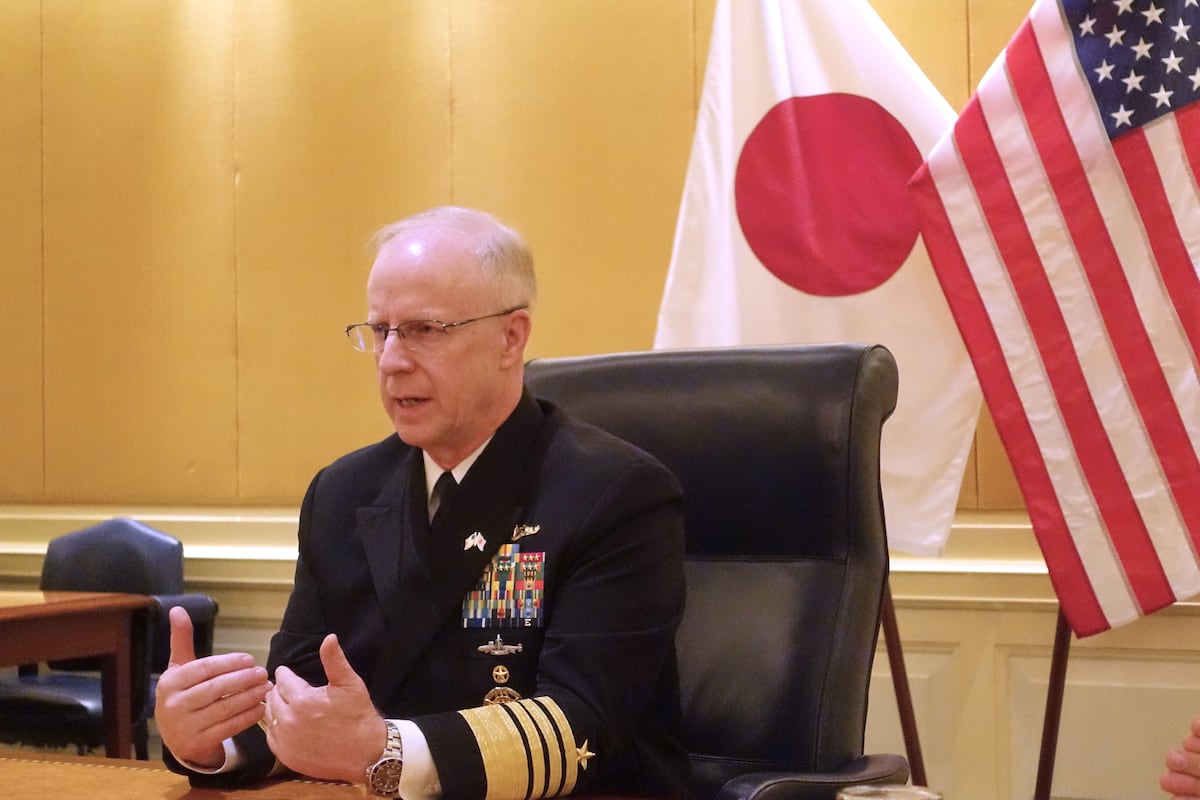Transforming Cyber Force Generation: A New Strategic Approach
The Department of Defense (DoD) has unveiled a revised strategy for generating cyber capabilities, aiming to enhance the recruitment, training, and retention of personnel in cyber warfare roles. However, some security analysts contend that without establishing a dedicated cyber service, the fundamental challenges facing U.S. cyber operations will remain unresolved.
Revisiting Cyber Command’s Structure
The revised model, communicated in a November 6 press release, strives to imbue “mastery, specialization, and agility” in the cyber forces assigned to U.S. Cyber Command (Cybercom), the military’s primary entity for cyber operations. Over the past decade, Cybercom has grappled with inefficiencies rooted in traditional service-specific recruitment and training paradigms. This approach has led to notable disparities and readiness challenges within the Cyber Mission Force, which relies on contributions from various branches of the military.
Shortcomings of the Existing Model
The press release highlighted that existing military frameworks for sourcing cyber personnel have not fulfilled the unique demands presented by the cyber warfare domain. U.S. Cyber Command, located at Fort Meade, Maryland, recognizes that regulations and processes applicable to other warfighting domains are inadequate for addressing the rapid technology changes and operational needs found in cyberspace.
Key Components of the CYBERCOM 2.0 Initiative
As part of the newly initiated “CYBERCOM 2.0” plan, the Department aims to seamlessly integrate Cybercom’s efforts with those of the individual military departments for various aspects of force generation. The initiative encompasses several pivotal elements:
- Targeted Recruiting: Individuals will be assessed specifically for cyber roles before assignment to Cyber Command.
- Incentive Programs: Initiatives aimed at fostering expertise in the cyber domain will help retain talent within the Cyber Mission Force.
- Specialized Training: Tailored mission-specific training will be developed to align with operational requirements.
- Career Path Development: Career trajectories will be crafted to nurture and sustain experts in cyber operations.
- Mission-Centric Collective Training: Training and specializations will be adjusted based on specific mission objectives.
- Enhanced Tactical Leadership: A dedicated tactical headquarters will be created to facilitate operational outcomes.
- Sustainable Operation Phasing: Units will follow structured phasing to maintain a healthy operational tempo.
To support these efforts, the creation of a Cyber Talent Management Organization, an Advanced Cyber Training and Education Center, and a Cyber Innovation Warfare Center is expected.
Perspectives from DoD Leadership
Defense officials have expressed strong support for the changes outlined in the new model. Katie Sutton, the Assistant Secretary of Defense for Cyber Policy, emphasized that this reform represents a fundamental shift in how cyber forces will be generated, enhancing their combat effectiveness and agility.
Elbridge Colby, Undersecretary of Defense for Policy, reinforced that these enhancements will empower the Pentagon to respond robustly to evolving cyber threats. Meanwhile, Anthony Tata, Undersecretary for Personnel and Readiness, highlighted the urgency of building advanced cyber capabilities to counter emerging threats effectively.
Calls for Greater Reform
Despite the optimism from leadership within the DoD, several analysts caution that the revisions may not represent the paradigm shift necessary for true transformation. Experts such as Matt Pearl from the Center for Strategic and International Studies describe the updates as more of an incremental adjustment than a comprehensive overhaul.
The prevailing opinion is that significant barriers remain, primarily the absence of a standalone military service dedicated to cyber warfare. Observers underline that without centralized command over recruitment and professional development, individual military branches will likely continue to deprioritize cyber initiatives in favor of more traditional military needs.
The Need for a Dedicated Cyber Service
Analysts like retired Rear Admiral Mark Montgomery advocate for the establishment of an independent Cyber Force, arguing that it would allow for targeted recruitment and training strategies, ensuring that the best talent is not sidelined due to outdated physical standards or career path misalignments. The current model, as he puts it, is a continuation of practices that have historically undercut U.S. cyber capabilities, especially against adversaries like China, which has successfully built dedicated cyber forces.
Future Possibilities and Legislative Considerations
The concept of creating a separate Cyber Force is a contentious topic within the national security landscape, garnering both support and skepticism. While some experts assert that a dedicated service could alleviate existing concerns and enhance agility within Cyber Command, others argue that a framework that leverages existing military structures could yield comparably effective outcomes.
The Trump administration appears receptive to exploring the potential establishment of a Cyber Force, with senior officials indicating that the revised force generation model preserves the decision-making space for future legislative action. This flexibility might set the stage for the formation of a dedicated cyber entity, depending on political will and strategic necessities.
Ultimately, as new directives and committees are formed to evaluate the structural and functional foundations of a possible Cyber Force, the conversations surrounding its establishment will remain critical to the U.S.’s ability to navigate the evolving landscape of cyber warfare effectively.





